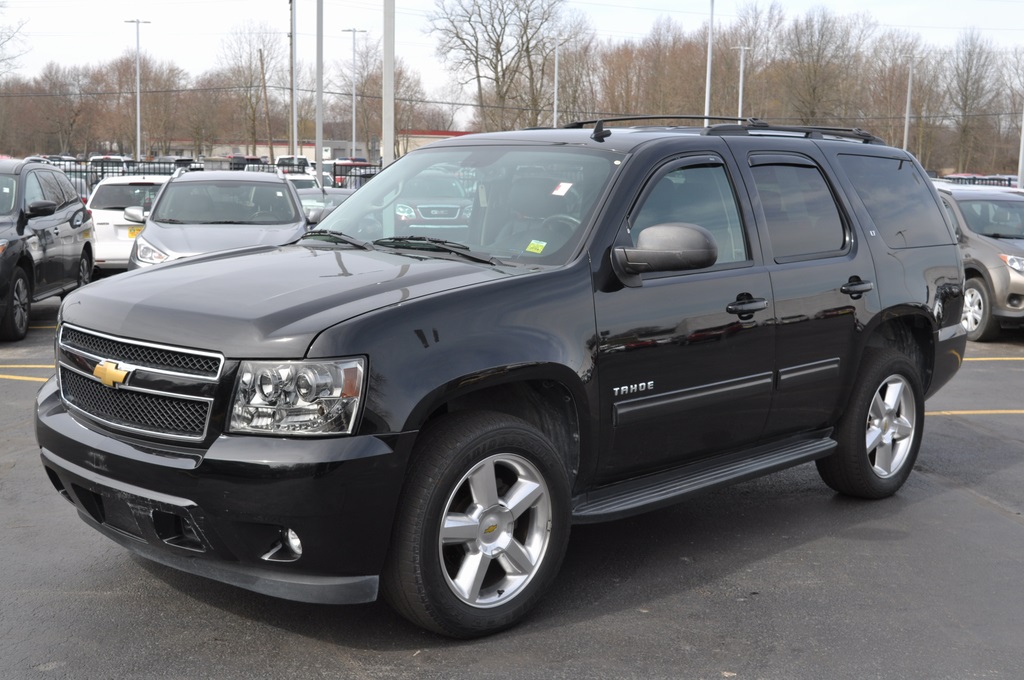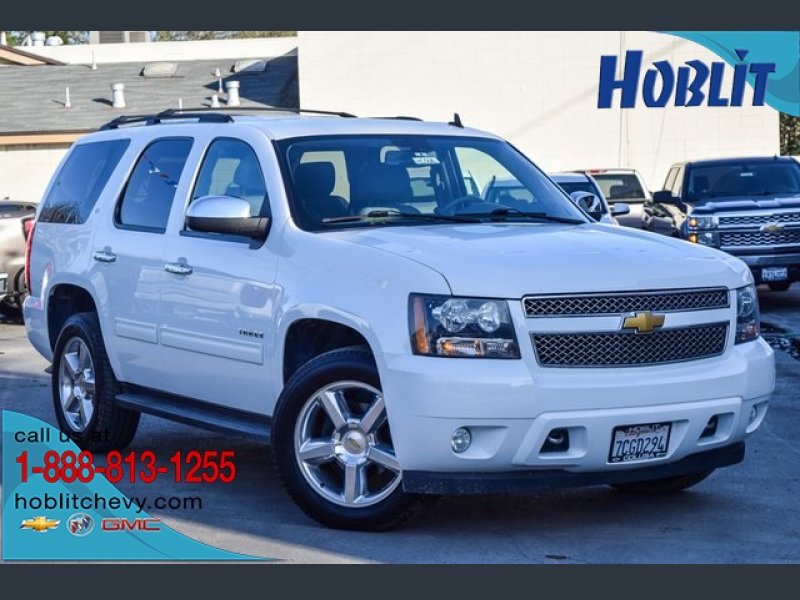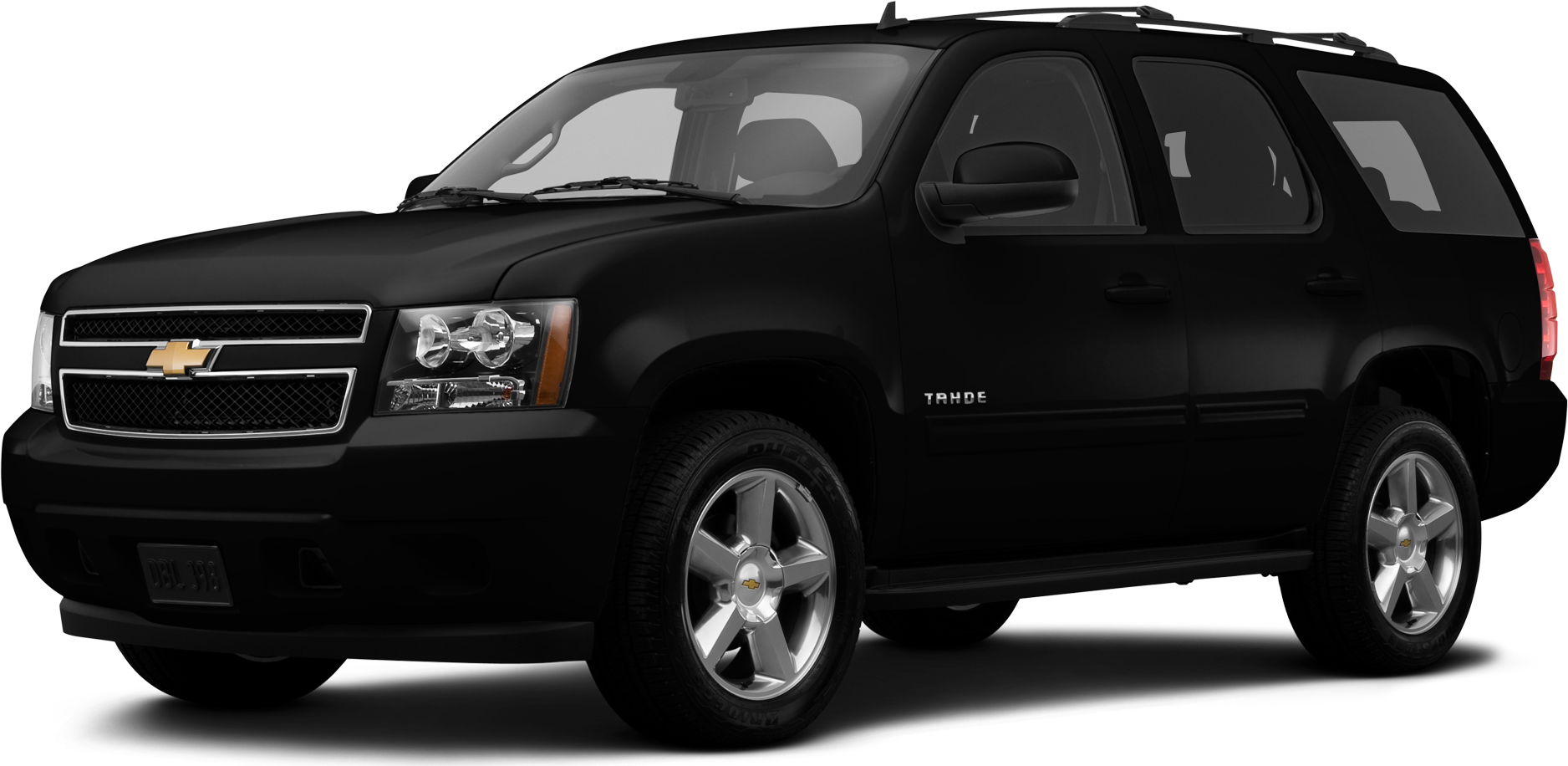2014 Chevrolet Tahoe Sport Limited For Sale – A house can be bought, a car can be sold, a watch can be pawned. Additionally, purchasing second-hand electronics can be a way to access high-end models at a lower price. The growing interest in second-hand goods can also be attributed to shifting cultural attitudes toward consumption. Many everyday products, such as kitchenware, footwear, and tools, can also be considered quality goods, provided they are made to last and perform well over time. Both the buyer and the seller are seeking the best possible terms, and finding common ground can be a challenge. People can be bought and sold in the form of labor, for example, and loyalty can be traded for material gain. Success after the acquisition depends on a variety of factors, such as effective leadership, market conditions, and the buyer’s ability to make improvements and capitalize on growth opportunities. Conversely, periods of economic growth may lead to more businesses being sold due to increased valuations and higher demand. People are rediscovering the value of items that have been made by hand, with care and skill, as opposed to the impersonal, assembly-line products that dominate the marketplace. Whether it’s a high-end designer handbag, a gently used sofa, or a vintage record player, the price difference between a new and a second-hand item can be significant. The appeal of finding a hidden gem, something that has been cherished by someone else and is now available for a new owner, is a part of the allure of second-hand goods. Used bookstores, both physical and online, offer an extensive selection of pre-owned books, from contemporary novels to classic literature. While buying and selling second-hand items can come with its challenges, the rewards—both financially and environmentally—make it a worthwhile pursuit for many people. This desire for items with character and a story behind them has contributed to the growing appeal of second-hand goods. Online platforms such as eBay, Craigslist, and Facebook Marketplace have made it easier than ever for individuals to sell their unwanted items to a global audience. For sellers, the challenge lies in pricing items fairly and accurately representing their condition. In times of financial hardship, such as during recessions or periods of high unemployment, more people may turn to second-hand goods as a way to save money. Every click, every like, every follow, is part of an ongoing transaction. The truth is that the idea of quality is deeply rooted in the philosophy of craftsmanship, heritage, and trust, which explains why certain items, often categorized as quality goods, tend to be prized more than others, even when they may come with a higher price tag. To mitigate this risk, buyers should ask for detailed photos, read product descriptions carefully, and inquire about the condition of the item before making a purchase.

Used 2014 Chevrolet Tahoe For Sale in Sioux Falls, SD Billion Auto
Helpful sales consultantscar payment calculator200+ locations nationwide

Used 2014 Chevrolet Tahoe LS Sport Utility 4D Prices Kelley Blue Book
Helpful sales consultantscar payment calculator200+ locations nationwide

2014 Chevrolet Tahoe Black For Sale Near Hicksville, Huntington
Helpful sales consultantscar payment calculator200+ locations nationwide

PreOwned 2014 Chevrolet Tahoe LT 4D Sport Utility in Barberton
Helpful sales consultantscar payment calculator200+ locations nationwide

Chevrolet Tahoe Limited Edition For Sale ZeMotor
Helpful sales consultantscar payment calculator200+ locations nationwide

49Mile 2014 Chevrolet Tahoe LTZ 4×4 for sale on BaT Auctions sold
Helpful sales consultantscar payment calculator200+ locations nationwide

Purchase used 2014 Chevrolet Tahoe LT Luxury Sport Utility Vehicle in
Helpful sales consultantscar payment calculator200+ locations nationwide

2014 Chevrolet Tahoe Price, Value, Depreciation & Reviews Kelley Blue
Helpful sales consultantscar payment calculator200+ locations nationwide

Sell used 2014 Chevrolet Tahoe 4WD LTEDITION Sport Utility 4Door in
Helpful sales consultantscar payment calculator200+ locations nationwide

Used 2014 Chevrolet Tahoe For Sale in Sioux Falls, SD Billion Auto
Helpful sales consultantscar payment calculator200+ locations nationwide
The concept of a circular economy, where products are reused and repurposed instead of discarded, is central to the appeal of second-hand goods. They believe that certain things, like love, loyalty, and friendship, should be above the reach of commerce. It’s about change, opportunity, and the negotiation of value. The desire for more, the constant pursuit of bigger profits and greater influence, can lead to exploitation. As more people embrace the idea that everything has value, second-hand goods will continue to be a central part of the way
Quality goods for sale have always held a special place in markets around the world, captivating consumers with their promise of durability, performance, and timeless appeal. For fashion-conscious individuals, buying second-hand is a way to express their personal style while also supporting sustainable practices. The artist who created it may have one understanding of its worth, while a collector may see it as a valuable investment, and a casual admirer might simply appreciate its beauty without considering its monetary value. The marketplace, for all its flaws, has brought about great innovations. It’s a moment of transition, and as with all transitions, it brings with it both excitement and uncertainty. People place their belongings for sale for many reasons. There are those who argue that not everything should be for sale. This typically involves drafting and signing a sale agreement, which outlines the terms and conditions of the transaction. A home is more than just walls and a roof; it’s where memories are made, where families grow, and where life unfolds. But in reality, even the most profound relationships can be commodified in some way. But is this a reflection of reality? Or is it an illusion we’ve created, an idea we’ve accepted in order to make sense of a world that increasingly revolves around consumption and profit?
At the core of this idea lies the assumption that everything, no matter how unique or rare, can be exchanged. The object becomes more than just an object – it transforms into a transaction, an exchange of value. The possibilities are endless, and the result is often something more unique and personal than what could be bought new. These acts of generosity remind us that there are still things in life that cannot be bought, cannot be sold, and cannot be quantified. When an item is marked as “for sale,” it enters a space where value is defined not only by the object itself but by the context in which it’s placed. Websites like eBay, Craigslist, Facebook Marketplace, and Poshmark have made it easier than ever for individuals to sell their unwanted items and for buyers to find exactly what they are looking for.
In a circular economy, items are kept in use for as long as possible, reducing the need for new resources and minimizing environmental harm. Historically, many products were made by local craftsmen, and there was a direct relationship between the creator and the consumer. Perhaps the most troubling aspect of the idea that everything is for sale is how it can shape the way we view the world and each other. The marketplace for second-hand items continues to grow, driven by economic, environmental, and cultural factors. Their inherent value comes not only from their physical characteristics but also from the values of durability and sustainability. From designer labels to quirky, eclectic finds, second-hand clothing offers a wealth of variety and style at a fraction of the price of new items. They also often help with legal and financial aspects, ensuring that the transaction is completed smoothly and efficiently. Through online marketplaces and platforms, small businesses and independent creators can sell their goods to a global audience. Furniture is another category that lends itself well to the second-hand market. Self-help books and motivational speakers promise to sell us the tools to fix ourselves, to buy into a better version of who we could be. Millennials and Gen Z, in particular, have embraced the idea of second-hand shopping as a way to challenge consumerism, reduce waste, and express their individuality. Regardless of the reason, the sale of a business is an event that requires careful planning, transparent communication, and strategic negotiations. When a person decides to sell something, they might weigh the pros and cons, debating whether it’s the right time or whether it’s really necessary to part with what they’ve had for so long. One common concern is the risk of purchasing items that are damaged or not as described. With the rise of online platforms and a growing cultural shift toward sustainability, the second-hand market continues to thrive, providing consumers with more options and opportunities than ever before. The truth is that the idea of quality is deeply rooted in the philosophy of craftsmanship, heritage, and trust, which explains why certain items, often categorized as quality goods, tend to be prized more than others, even when they may come with a higher price tag. People are rediscovering the value of items that have been made by hand, with care and skill, as opposed to the impersonal, assembly-line products that dominate the marketplace. The focus on longevity and reliability is what sets these goods apart from their mass-market counterparts. The idea that everything is for sale works to perpetuate inequality, as those with the most resources can continue to amass power and wealth, while others are left to scramble for what little they can get. Many people continue to resist the notion that everything has a price, and they fight to reclaim what is meaningful and valuable in life.